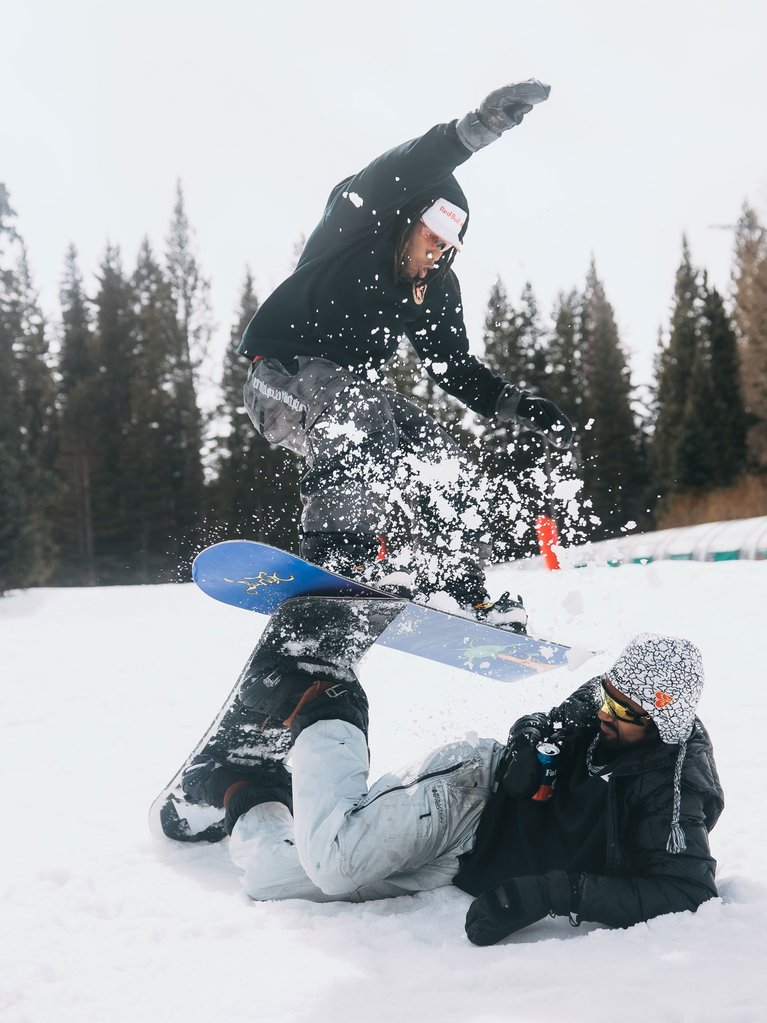In recent weeks, Northern regions have experienced widespread snowfall and temperature drops of over ten degrees Celsius. However, this has not diminished the enthusiasm of skiing enthusiasts. At the Anning Ski Resort in Lanzhou, over 1,000 skiing enthusiasts are enjoying the joy of “surfing” on ice and snow.

Most of these people are beginners, and Yang Ping, a senior at a local university, is skiing for the first time. “Wow! I did it!” Excitedly waving her ski poles, Yang Ping slid down the beginner’s slope to the bottom. After countless falls, this time she skied smoothly to the cushioned area at the bottom of the slope.
Like Yang Ping, many beginners believe that skiing down the slope without falling is considered “basic,” but Xu Haogang, the person in charge of the Anning Ski Resort, expresses concern. He says, “This situation may lead to beginners neglecting safety awareness.”
Xu Haogang has been in the ice and snow industry for 23 years and is a seasoned skiing coach. In his view, some beginners, after avoiding falls on the beginner’s trail, may attempt the intermediate trail without professional guidance on turning and braking, leading to an increased risk of accidents.
“While skiing has become a new choice for people’s leisure and entertainment, it is ultimately an extreme sport with inherent risks,” says Xu Haogang. He emphasizes that, for beginners, correctly wearing skiing equipment is crucial before hitting the slopes. “Especially, make sure to fasten all the buckles on the ski boots. Some beginners find it uncomfortable and neglect to buckle up, which is very dangerous. With the person’s weight and inertia, once you fall, the ankles and shins are prone to injury.”
“Years of experience show that inadequate or no warm-up is the primary cause of skiing injuries,” says Xu Haogang. “With low temperatures on the ski slope, the skier’s body tends to stiffen, making it easy to get injured if joint muscles are not sufficiently active.” He advises beginners to warm up adequately before hitting the slopes, especially joints such as hips, knees, ankles, and wrists.
Xu Haogang explains that skiing should progress step by step. Even with a foundation in skiing, one should start with the beginner’s trail, mastering basic movements such as walking with skis, sliding on flat terrain, practicing the “wedge turn,” and parallel braking. Afterward, gradually progress to intermediate and advanced trails.
Additionally, he reminds beginners that falling is inevitable during skiing, but it’s crucial to quickly get up and move away to avoid collisions with skiers behind. Never linger in the middle of the slope. If skiers want to take photos, they can choose the edge of the slope or seek assistance from ski resort security personnel, who can help ensure their safety.
“Similar to running, swimming, and other sports, skiing is an aerobic activity that not only strengthens leg and upper body strength but also enhances cardiovascular function and balance,” says Xu Haogang. For enthusiasts, regular cardiovascular and strength training can help them better master basic movements during skiing.

